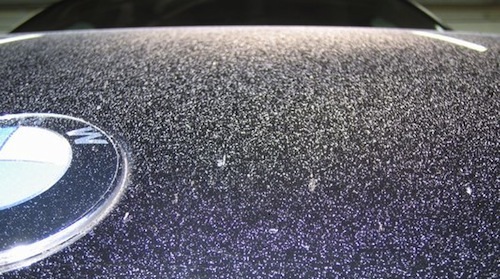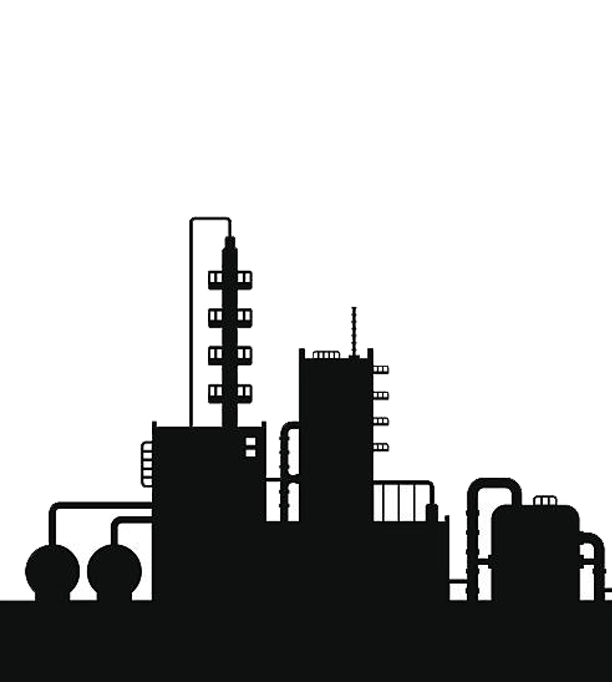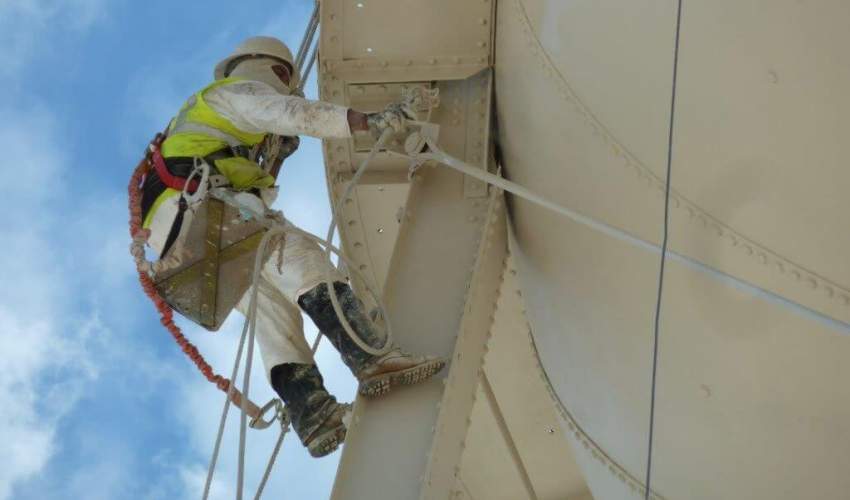What is Overspray?
Overspray is the name given to the small droplets of paint that do not make it to a surface being painted. During any spray application, overspray disperses into the air and away from the application site. Once airborne, it can drift for yards or even miles. While wet, overspray will stick to anything in its path. After it sticks, it can be extremely difficult, and costly to remove. We are going to tell you how to avoid overspray damage completely.
What’s the Worst that Can Happen?
During our 30 years in the paint industry, we have seen some of the worst overspray claims you can imagine. Overspray can happen to anyone; from amateur to professional, but it is completely avoidable. Recently a veteran paint contractor that we work with regularly was on a project near a car dealership. They did not use dry fall coatings, or encapsulate. A sudden shift in the direction of the wind caused overspray to fly through the air and cover 300 brand new cars. The overspray removal process is tedious, costly, and time consuming. The bill for removal cost thousands, and it all could have been avoided. The next sections will tell you how.

Prevent Overspray Using Containment
The containment process typically involves setting up scaffolding and draping plastic or screens around the structure being coated. The goal is to capture wet overspray and trap it before it has a chance to spread. It has been the go-to method for preventing overspray in past years, but it is out dated. Overspray flows with air. It can easily slip through the smallest gaps in the plastic, or right over the top. Furthermore, the process of erecting and dismantling scaffolding costs valuable time and money. Dry fall coatings are the wave of the future. They prevent overspray without the need for containment. Find out more in the next section.

Prevent Overspray Using Dry Fall Paint
Dry fall paint is the most reliable way to prevent overspray while spray painting. Overspray from a dry fall coating is dry to a powder within a short distance of the application site; 10-20 feet is typical. Powdered overspray is easily brushed or blown off leaving behind no residue. This unique feature prevents overspray damage without using containment. By eliminating the need for containment, dry fall coatings save time in the setup process and money in containment materials.
In the past, the only dry fall coatings on the market were waterborne. Highland International changed that. Highland dry fall coatings are solvent borne, and industrial grade. They provide all of the performance needed for the most rugged environments, in a Spray Safe™ formulation. You may be thinking that you could just brush or roll on the paint without needing containment. That is true, but the additional labor drives costs up significantly. See our Brush & Roll vs. Dry Fall Comparison for more info.

Thank you for reading our blog. Be sure to check back regularly for more on dry fall paint and overspray prevention. Contact us today to get started on your dry fall paint project.


